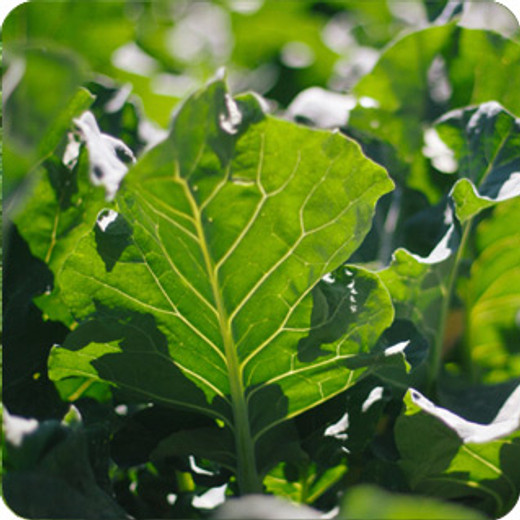Diets containing traditional and novel green leafy vegetables improve liver fatty acid profiles of spontaneously hypertensive rats.
Oct 13th 2020
Abstract
BACKGROUND:
The consumption of green leafy vegetables (GLVs) has been demonstrated to reduce the risks associated with cardiovascular and other diseases. However, no literature exists that examines the influence of traditional and novel GLVs on the liver fatty acid profile of an animal model genetically predisposed to developing hypertension. The aim of the present study was to examine the effects of diets containing 4% collard greens, purslane or sweet potato greens on the liver fatty acid profiles of four-week old male spontaneously hypertensive rats (SHRs, N = 44). Following four weeks consumption of the diets, liver fatty acid profiles were determined by gas-liquid chromatography of transesterified fatty acid methyl esters.
RESULTS:
SHRs consuming the control diet had greater percentages of liver saturated fatty acid and less omega-3 fatty acid percentages. SHRs consuming the diets containing vegetables had significantly greater liver concentrations of γ- linolenic, docosahexaenoic and docosahexaenoic acids, as well as lower levels of lauric, palmitic and arachidonic acids. SHRs consuming the control diet had significantly greater percentages (p < 0.05) of oleic; significantly less γ-linolenic and docosahexaenoic acids.
CONCLUSIONS:
This study demonstrates the ability of GLVs to modulate liver fatty acid composition, thus providing protection against elevations in atherogenic fatty acids, which may be involved in CVD pathogenesis. Consequently, dietary recommendations for the prevention of CVD should consider the possible cardioprotective benefits and the subsequent alterations in fatty acid profiles afforded by diets containing collard greens, purslane and sweet potato greens.
Source information: Johnson M, Pace RD, Dawkins NL, Willian KR1.
1Department of Chemistry and Biochemistry, Auburn University, Auburn, AL 36849-5312, USA. krw0018@auburn.edu.
Source information: http://www.ncbi.nlm.nih.gov/pubmed/24192144
The content provided in this website is not intended as a substitute for advice provided by a competent health care professional. You should not use this information in diagnosing or treating a health problem. No claim or opinion on this website is intended to be, nor should be construed to be, medical advice. If you are now taking any drugs, prescribed or not, or have a medical condition, please consult a competent physician who is aware of herb/food/drug interactions before taking any supplements/herbal supplements or using any products. The content presented herein has not been evaluated by the FDA or the Department of Health and is not intended to diagnose, prevent or treat any disease or illness.


